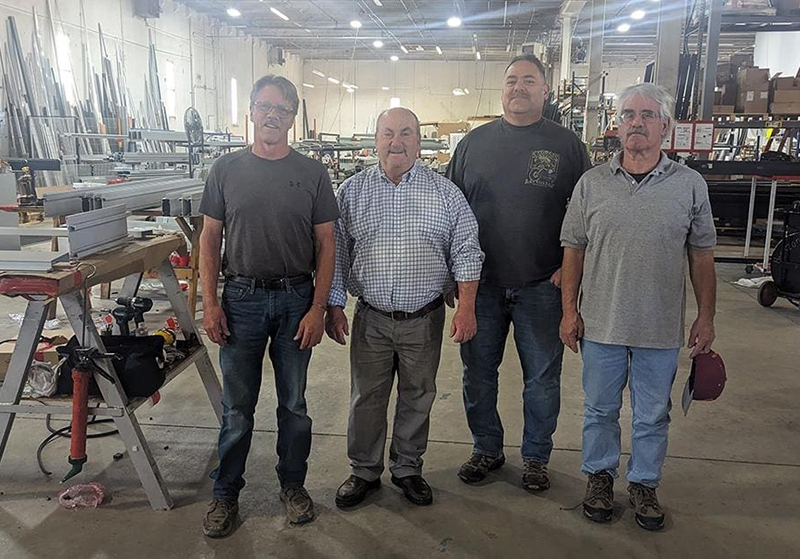Letter to the Editor: Ensuring Glazier Safety Procedures
While care and attention in glass handling is critical, glazier safety and training should encompass fall protection and comprehensive glass and crate handling procedures

In response to the Glass Magazine article on glass handling safety in the November/December 2023 issue, Rick Taylor, safety director, Horizon Glass, submitted the following Letter to the Editor on the critical issue of glazier safety.
We would like to shed light on the critical issue of glazier safety on behalf of glaziers across Metro Denver, Colorado. While the article "Glass Handling Safety" emphasizes the importance of care and attention in glass handling, our contention is that glazier safety and training should encompass not only fall protection methods but also comprehensive glass and crate handling procedures.
In this post, we will explore the current state of glazing safety, the need for updated training, and the best practices that should be adopted throughout the glazing construction industry.
Fall protection training: An evolving landscape
The Glass Magazine article frequently refers to the need for care and attention in glass handling, emphasizing the importance of fall protection training. It is essential to recognize the significant changes in fall protection training and equipment since the updates to the American National Standards Institute’s Z359 standards in 2012 and 2014. While fall protection manufacturers have responded to these recommendations, it appears that glazier fall protection training and equipment updates may not have kept pace with these industry changes.
Glazing is a safe trade when the best available practices are adopted. However, those best practices are not routine and standard throughout the glazing construction industry. The related training rarely covers comprehensive procedures.
Glass handling methods in commercial construction
Glazing safety should extend beyond fall protection and address the specific challenges of glass handling in commercial construction. Best practices for safe glass handling should be adopted from the moment the glass arrives at the construction site, continuing through fabrication shops and final installation. Unfortunately, these best practices are not standardized across the glazing construction industry, and comprehensive training often falls short.
To ensure the safety of glaziers, specific procedures should be followed sequentially throughout the glass handling process:
Receiving and temporary storage
-
Remove glass crates from delivery trucks.
-
Move crates across construction sites to designated temporary storage locations.
-
Safely stock and secure crates for temporary storage.
Preparing for installation
-
Move crated glass to stock on the structure for temporary storage.
-
Secure crates temporarily until openings are prepared, and frames are ready for glass installation.
-
Later, safely remove glass from the crates.
Glass installation
-
Transport glass to its opening.
-
Lift the glass into its frame and install clips for secure placement.
-
Note: Manual lifting is often involved, as mechanical means to lift and insert the glass into the opening are not always applied.
Challenges in large glass installations
The glass industry is witnessing a trend towards larger lites of glass, necessitating the use of fall protection equipment during installations. Glaziers handling glass and crates continuously face crushing hazards and the risk of lifting sprains and strains. It is crucial to acknowledge that the current training provided is not commensurate with the scope of these glazing hazards.
Addressing training deficiencies
While Dr. Terry Stintz’s 2019 article, "Ergonomic Risk Factors in Construction Glass and Glazing Work" published on the Center for Construction Research and Training’s website, sheds light on training deficiencies in glass installation, it primarily focuses on the installation aspect and does not adequately cover crate handling and rigging. The video accompanying the Glass Magazine article on glass handling safety further illustrates the need for a comprehensive approach to glazier safety.
In conclusion, glazier safety is a critical aspect of the construction industry that requires urgent attention. The current training provided falls short of addressing the comprehensive scope of hazards faced by glaziers during glass handling. To ensure the well-being of glaziers, it is imperative to adopt standardized and updated best practices throughout the industry.
Thank you for assisting in raising glazier safety awareness.
Rick Taylor, Safety Director, Horizon Glass

